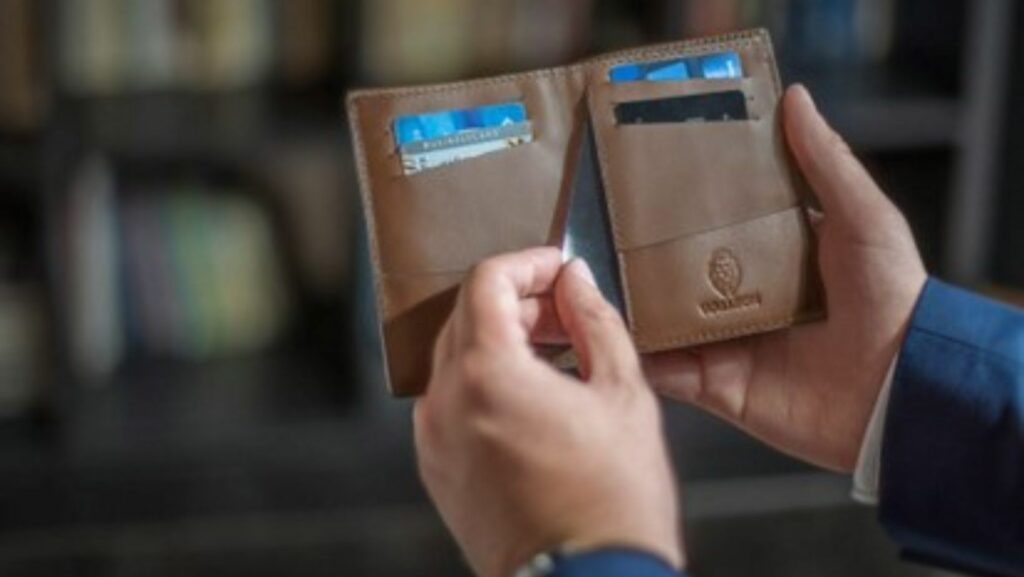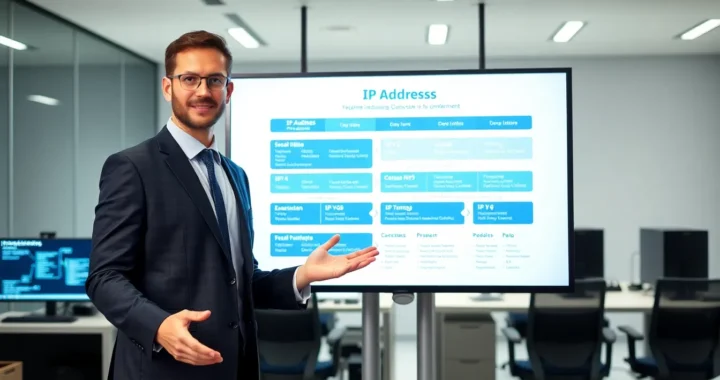
How To Print on Blank Cards Like an Expert?
Digital card technology has come a long way in the past few decades. Some businesses can’t operate without digital cards, and others understand the appeal of expanding service offerings and accessibility for their team, clients, and customers.
Whether it’s for membership, control access, or essential identification, these cards serve various purposes for the business’s internal operations, as well as customer-facing functionality. While you could offer simple, generic cards, they simply don’t offer a premium feel. Custom printing on blank cards that have an on-brand, unique design elevates a company’s value perception.
If you’re looking to expand your services and accessibility with a digital card or ready to upgrade to a custom-printed plastic card, read on. We’ll explain how to choose the right type of card, what to know about custom design, and how the printing process works.
Choose the Right Blank Plastic Card
To get the print right, be sure that you’re choosing the right type of plastic card for the functionality you need and for your desired design.
From plain white cards to self-adhesive options, biodegradable cards, and magnetic stripe-enabled variants, there are many options available. Consider your needs and budget, and educate yourself on how each of these cards works. For instance, for key rings or name badges, you will need special die-cut cards. While the common PVC cards will suit most use cases, you can also opt to get eco-friendly cards from a reputable card manufacturer that offers a broad range of cards.
Consider a business that specializes in sustainability initiatives; a biodegradable ID card would allow the company to stay aligned with its core mission with this choice.
Additionally, ensure that you factor in the card thickness, durability, and surface texture before you place the order; again, your aim is to match the use case, your business’s brand, and the potential functionality that these cards offer.

Simply put, there’s not just one type of plastic card, so do your due diligence to choose correctly.
Find the Right Printing Options
The most crucial step is to find a printing solution that will allow you to bring the vision to reality. Once you’ve selected your ID cards, you can choose a suitable printer. With the right materials on hand, i.e., plastic cards, as well as the right supplies and accessories to customize them, all you need is a plastic card printer to get the job done.
The advantage of having your own plastic card printer is that you have the freedom to print your cards when you need them, and there’s no “minimum” or “maximum” order size that printing shops tend to enforce. Additionally, being able to edit the design and reprint without delay is a big plus.
Be sure to choose your specialised card printing solution with the following considerations in mind:
– Does the company offer specific expertise in card printing, as well as the latest printing equipment and access to the best supplies?
– How big is the range of card options and printers for you to choose the perfect solution?
– Do the prices match your ideal budget for printing your card?
Prepare Your Design for Plastic Cards
The next step is to create the design for your blank plastic cards. If you have in-house designers, great. Otherwise, you can use design software or get this done by an expert. If you’re selecting a printing service, most likely, they’ll provide design services, too.
Ensure your design reflects your brand tone and feel, with all elements needed for recognising what the card is used for, as well as the company that the card belongs to. Always consider clear branding, relevant text, and eye-catching graphics that resonate with the users.

Pay close attention to the cultural nuances (especially if you’re creating cards that will be used globally), and of course, adhere to any industry-specific requirements.
Finalize the Print
It’s best to do a test print of the card or to have multiple people in your company analysis the final design so that you’re not printing anything that you have to send back and redo later. A typo on your order of 500 ID cards is a little more work to redo than a typo on a paper poster. The good news is it’s an easy fix when you take some time to proofread the cards before you finalize the print.
Printing on Blank Cards: The Takeaway
The time you take to select the right plastic card style, choose a great printer, and ensure your design is high quality and reflects the value of your business is a worthy investment.
When you find a printing solution that offers multiple card types which allow for custom design, and has the right printers on-hand that are within your budget, the printing process is simple.





